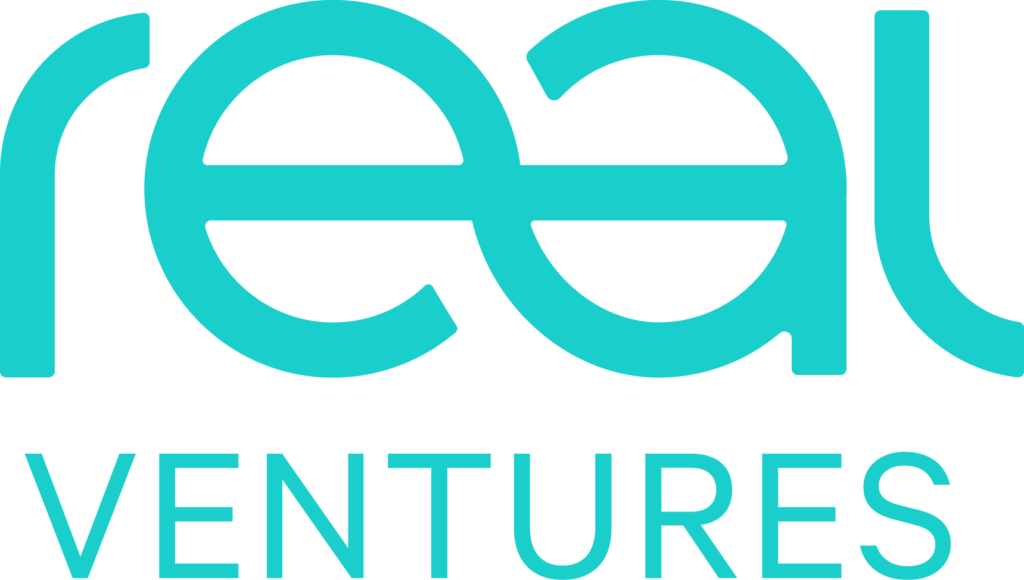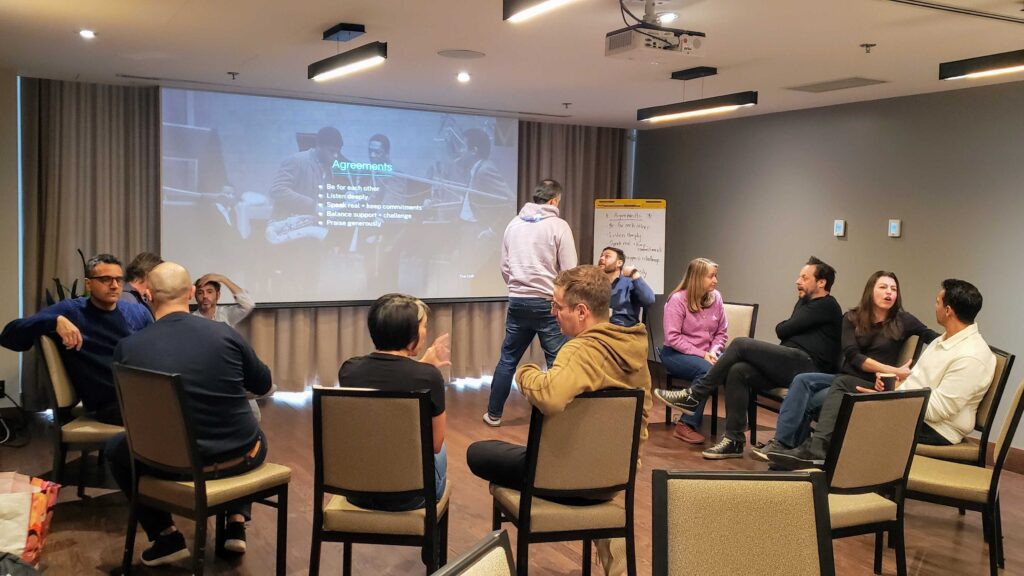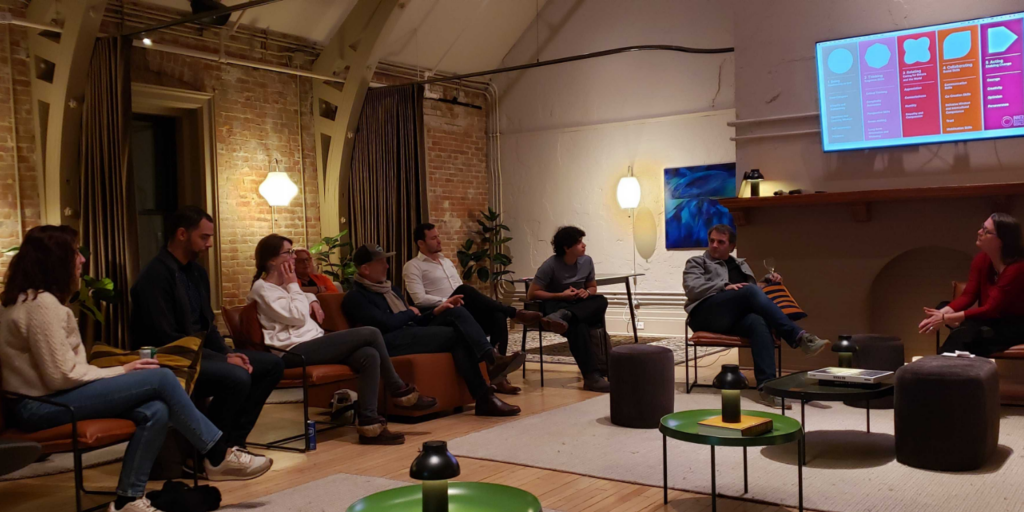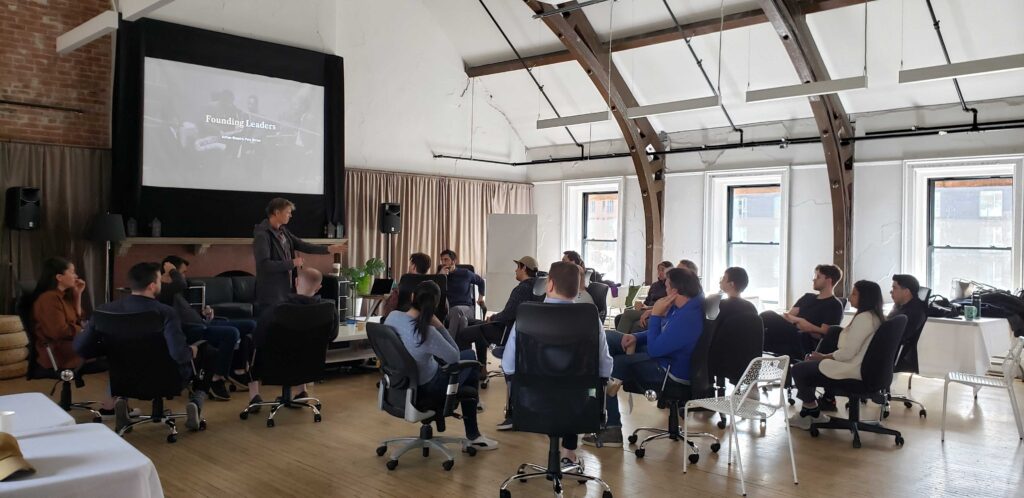The emergence of neurotechnology creates a radical opportunity to advance human health and surpass biological limitations in ways previously unimaginable. Breakthroughs across disciplines from biotechnology and IoT to machine learning and nanotechnology are pushing the field forward. There are multiple developments already underway that will contribute to reshaping future society in healthcare and beyond. It is time to venture into the innovative and consequential intersection of neuroscience and technology.
“The biology of the brain will be to the 21st century what the biology of the genome was to the 20th century” — Eric Kandel, Nobel Prize recipient in 2000.
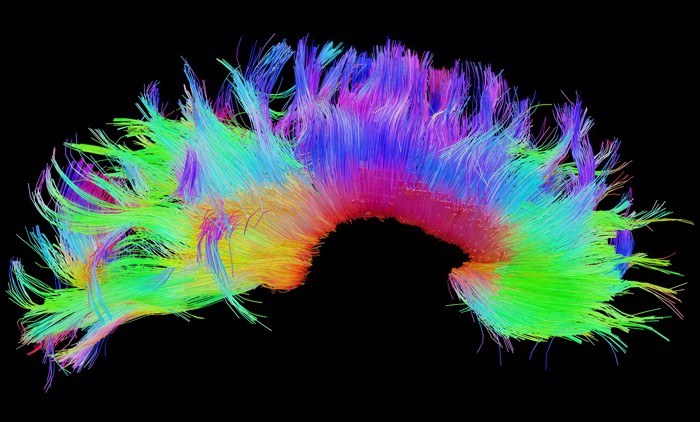
Why now?
Brain-related diseases and disorders represent one of the largest, yet inadequately served, medical markets in the world. Over a quarter of the global population suffers from neurological diseases or psychiatric disorders, but many current therapies have poor efficacy, or worse, treatments are lacking entirely. As the global population ages and life expectancy increases, this problem will only accelerate.
The world needs better ways to address brain-related diseases. While there is much to be accomplished in neuroscience, there is substantial established knowledge that, coupled with sophisticated modern technology, is starting to be leveraged in many promising application areas.
Recent interdisciplinary approaches across sectors including biotechnology, IoT, machine learning, and nanotechnology have helped solve long-standing engineering and connectivity challenges that previously held back the application of neurotechnology. Thanks to the emergence of multidisciplinary teams capable of leveraging innovations at the intersection of neuroscience and technology, neurotechnology has now generated the required momentum to make a significant and tangible impact on the world.
How should we look at neurotechnology?
Neurotechnology is poised to profoundly change the way we live, work and play. It has the potential to power a new age of medicine and wellness, create new communication channels, and broadly disrupt the information technology industry.
Integrating neurotechnology between devices and ourselves will be a challenge, and yet, is an inevitable next step. While the idea of personal digital extensions might sound unsettling, the connection between human and machine is one of immense potential. Transformative technologies — the Internet and genetic screening included — continue to make inroads into the human experience at an unprecedented pace.
Today, interactions in our hyperconnected lives are dramatically changing as we are saturated with continuous streams of information and constant stimulation. As a result, we have formed an increasingly intimate relationship with our smart devices. The connection between technology and ourselves clearly exists, and the integration of neurotechnology is, to some extent, a positive effort to address these interactions directly in a codified, personalized, and more intentional way.
Neurotechnology is inherently universal and multipurpose; human society and culture reflect the accomplishments of our nervous system. Neurotechnology, therefore, encompasses capabilities with incredible depth and range, and thus companies that seek to leverage these tools are able to create applications in fields beyond healthcare including marketing, finance, retail, and smart cities. Neurotechnology does not just address biological processes; it is directly concerned with our most personal and precious capabilities such as our memories, our cognition, our consciousness, and our ability to communicate.
As illustrated by Real’s first iteration of the neurotechnology stack framework below (Figure 1), any neurotechnology offering is an interplay between Reading and Writing tools and a Computation layer. The Computation layer is at the core of the stack, first taking input from the Reading tools enabling the development, simulation, and analysis of the data captured. On the output side, the Computation layer manages the regulation of stimulation, which is executed through the Writing tools to produce the desired effect on the nervous system/neural state.
Neurotechnology Stack V1

Figure 1: Reading: technology for capturing (aspects of) the state of the nervous system/neural state. Writing: technology for changing (aspects of) the state of the nervous system/neural state. Computation: technology for regulating or interpreting (aspects of ) the state or change of the nervous system/neural state. Extension: technology for broadening and augmenting (aspects of) the state of the nervous system/neural state Applications: technology that combines different components of the stack to create applications serving different users and vertical markets.
The core stack of Reading, Writing, and Computation allows for the processing and abstraction of deep neuroscience whereby software developers can then build higher-level Applications addressing specific use cases and different market needs. Previously, due to limited Reading and Writing tools, data computation could only advance at the pace of human-driven neuroscience: CT scans were manually examined by technicians and physicians to estimate brain activity or disease classification. Similarly, cochlear implants were developed through incremental observational effects of electrical stimulation patterns.
Today, the combination of more advanced Reading and Writing tools with powerful Computational methods are improved through the introduction of machine learning, which allows considerably more data to be continually acquired and processed. Machine learning-driven algorithms now enable high throughput CT scan processing to help improve diagnostic accuracy and also filter speech from noise in cochlear implants to increase speech intelligibility for the hearing-impaired.
The introduction of machine learning to Computation is starting to solve bandwidth challenges but will also need to be advanced in its own right as neural datasets continue to grow. While machine learning has become increasingly essential to Computation and the future of neurotechnology, it lacks the requisite sophistication and is becoming the new bottleneck as industry pioneers seek to utilize and process larger datasets. By placing computational capabilities driven by machine learning closer to the source of neural data, i.e. the nervous system, there is a near-term path to accelerate the pace at which new, useful computations can be unlocked.
Beyond the initial core stack is the concept of Extension, which takes the combinations of Reading, Writing, and Computation to another level where the neurotechnology is designed to restore or surpass biological functions and limitations. These encompass some of the more remarkable neurotechnology companies in existence today and include Real Ventures portfolio company, BIOS.
As companies better leverage the tools that interact with the nervous system, the more powerful these technologies become, leading to highly efficacious applications and, in turn, enabling increasingly profound extensions.
The investment opportunity
The confluence of established neuroscience knowledge and the potential of AI-based computational methods means that neurotechnology is at an inflection point. Neurotechnology is primed to become a fundamental pillar of the health technology sector and an enabling layer for numerous verticals expanding the capabilities of human-machine interactions and the boundaries of human performance.
So, what are the characteristics of the startups likely to reap the rewards? At Real we believe that, in addition to great founders, such companies will have several essential traits:
- Embody biological, technical and business model innovation: As a pioneering and interdisciplinary field, neurotechnology success will require companies to innovate in both science and technology, and equally with their business strategies.
- Embed computational data in their core: Neural data is transmitted around the human body at staggering rates. The companies that win in this space will have pioneered in order to capture, interpret and utilize this data to build competitive moats.
- Embrace a patient-centred empathy: Notably, this will be an ethically-responsible approach in their development of neurotechnology, ensuring all applications are focused on valuable patient outcomes driving the public good.
Across Canada, there is a deep history of academic excellence in neuroscience, a recent influx of government research funding, new open science initiatives, and an emerging ecosystem of entrepreneurial neurotechnology activity. As we are witnessing in AI, Canada now has a parallel opportunity to translate leadership in neuroscience into leadership in neurotechnology. While Canada lags the US in neurotechnology startups, it does have a collaborative ethos, available risk capital, a strong ability to leverage information technology, and multidisciplinary players working to nurture the nascent ecosystem to accelerate neurotechnology development.
**********
For more insights into ways in which technology is transforming our world, as well as fundraising advice, founder stories, ecosystem deep dives and industry trends, sign up for our newsletter and follow us on Twitter, LinkedIn and Facebook.
